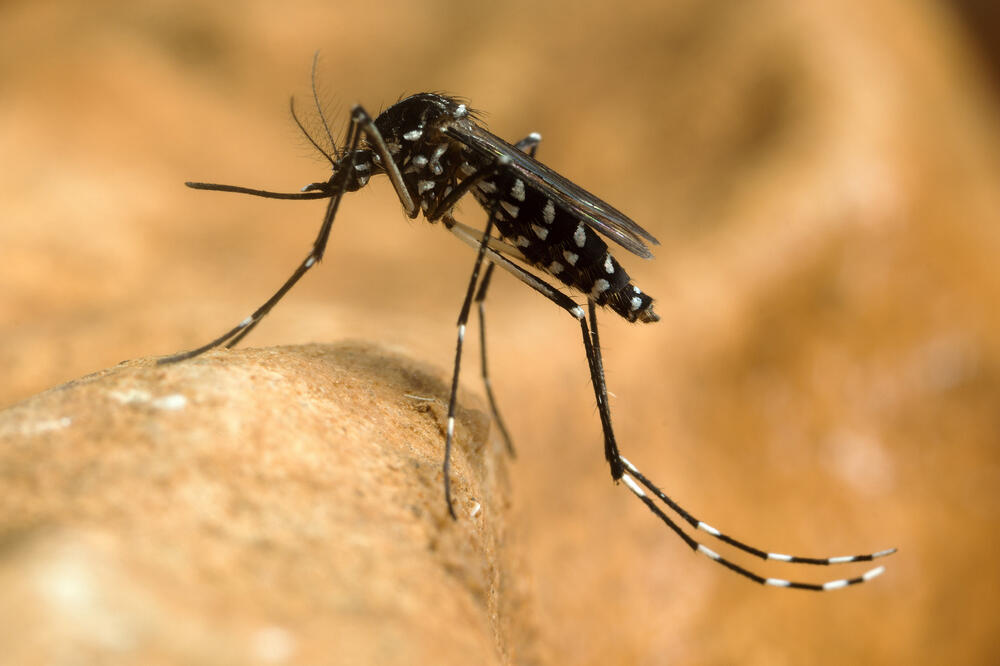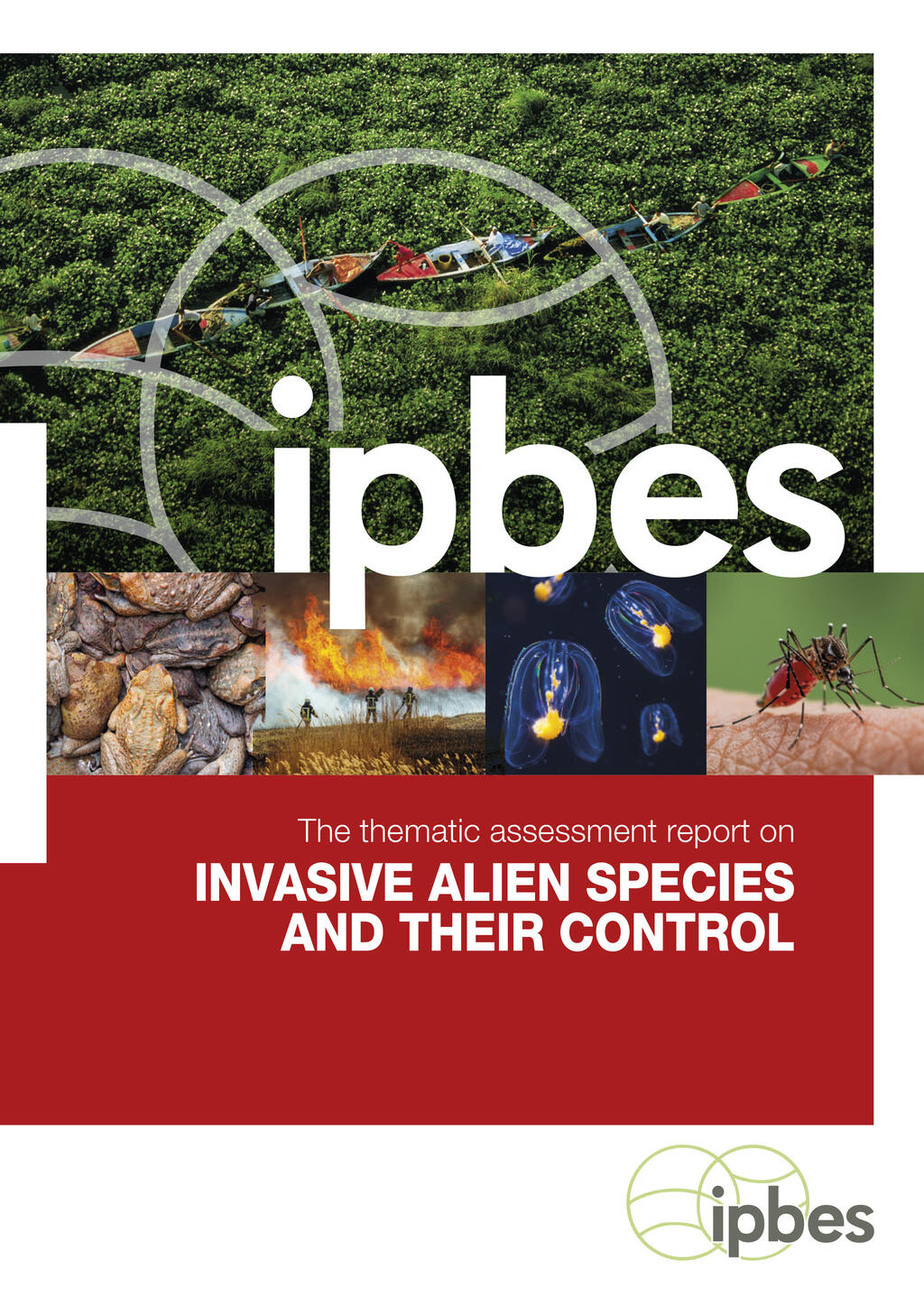The Intergovernmental Science Policy Platform on Biodiversity and Ecosystem Services (IPBES) released a new report on invasive species on Monday. These species, not native to the areas they're found, pose a significant threat on a global scale. They're known to cause severe environmental harm such as destruction of forests, crop devastation, and even the extinction of certain species.
Read more:
For instance, water hyacinths are suffocating Lake Victoria in East Africa. The Pacific region has seen bird species decimated by rats and brown snakes. Furthermore, new regions are being exposed to diseases like Zika, yellow fever, and dengue due to mosquitoes. With tens of thousands of these alien species settling in areas far from their native habitats, the matter can no longer be kicked down the road.
After four years of extensive research, the World Biodiversity Council, (IPBES) has unveiled their new "Report on Invasive Alien Species." This report is a significant compilation of knowledge, with contributions from 86 experts across 49 countries, amounting to over 13,000 scientific studies. These studies focus on invasive species and their impact on global biodiversity. The report was finalized recently during the IPBES General Assembly in the German city of Bonn, where the last votes were cast on this comprehensive document.
Invasive species, both fauna and flora, are those that spread beyond their original habitats and start to threaten the well-being of native species. These invaders are a significant factor in the worldwide decrease in biodiversity. Humans are sometimes directly responsible for their introduction into new habitats, while other introductions happen by accident.
In Europe, for instance, the Asian hornet is a prominent invasive species. It actively targets beehives for its food. The Pacific oyster is another invader, which tends to overrun mussel beds in the North Sea.
"The rapidly growing threat that invasive alien species pose to biodiversity, ecosystem services, sustainable development and human wellbeing is generally poorly understood," said Professor Helen Roy, IPBES Co-Chair. "This authoritative report will make a major contribution to filling critical knowledge gaps, supporting decision-makers and raising public awareness to underpin action to mitigate the impacts of invasive alien species."
Prof. Bella Galil, a curator from the Steinhardt Museum of Natural History in the Tel Aviv University, told Ynet: "Unless you're an island nation, invasive species will always come from other countries. Therefore, there needs to be a collective effort to ensure effective control. Because if one country takes action and the other does not, efforts are rendered irrelevant.
"Due to its geographical location, population density, and relatively high standard of living, Israel has managed to significantly alter its habitats in a relatively short period of time, which changes the biodiversity that populates these habitats. Another reason for the problem is that in the early years of the state, Israel actively imported invasive species. For example, the Eucalyptus tree was imported into Israel to dry swamps. The problem is that it is now very widespread, and it significantly harms biodiversity. Attempts to eradicate it have failed, and it has also invaded nature reserves."
Professor Galil highlighted the case of the small fire ant, which made its way to Israel in the 1990s in a shipment of wood. "It existed in the region for about seven years, and though residents were aware of it, it wasn't officially recognized. It was only when it began to invade other areas that it was formally identified. Despite attempts, its eradication has been unsuccessful to this day. This ant's bite is extremely painful and may even trigger an allergic reaction, that in some instances can prove fatal. it also impacts biodiversity negatively. The Asian tiger mosquito is another invasive species causing significant harm by transmitting serious diseases."
Professor Galil pointed out that in terms of marine territory, Israel leads in the number of invasive species. This is largely due to the Suez Canal which allows for the transfer of biological diversity from the Red Sea to the Mediterranean. "We have the greatest number of invasive species in our maritime territory, concentrated along a stretch of coast of less than 200 km. New species are continually being introduced. Just yesterday, a new marine species was discovered in the Mediterranean, an invasive species that had traveled from the Red Sea to the Mediterranean via the Suez Canal."



